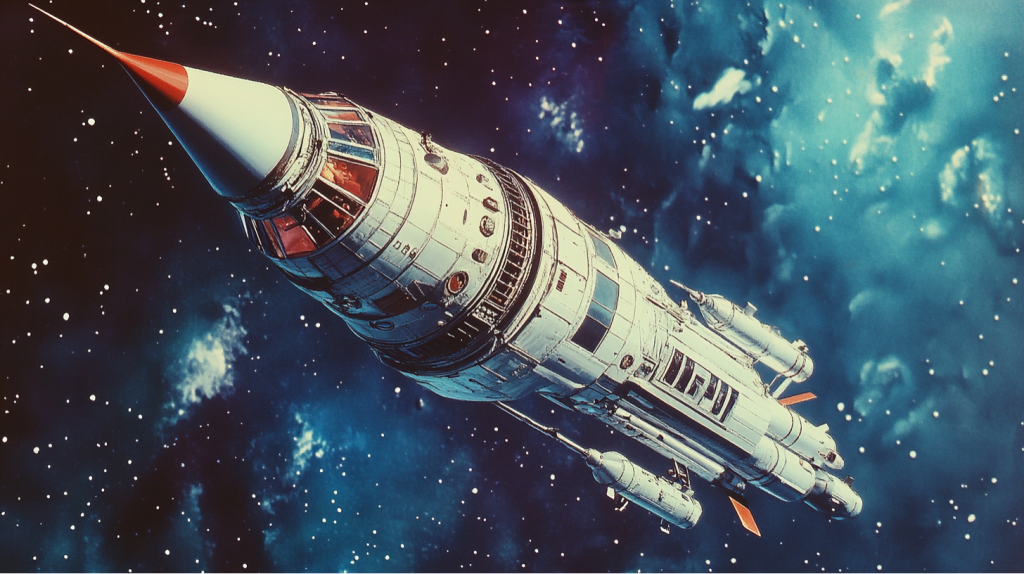The Soviet space program changed the world of space exploration, yet many of its greatest accomplishments have faded from public memory. While most people remember Sputnik or Yuri Gagarin’s famous flight, the USSR achieved far more, pushing the boundaries of technology and human endurance in ways that still shape our understanding of space today. Some of their missions were so ahead of their time that even today they remain underappreciated. Below are 25 incredible Soviet space program milestones that history has largely overlooked—but deserve to be remembered.
1. Launch of Sputnik 3
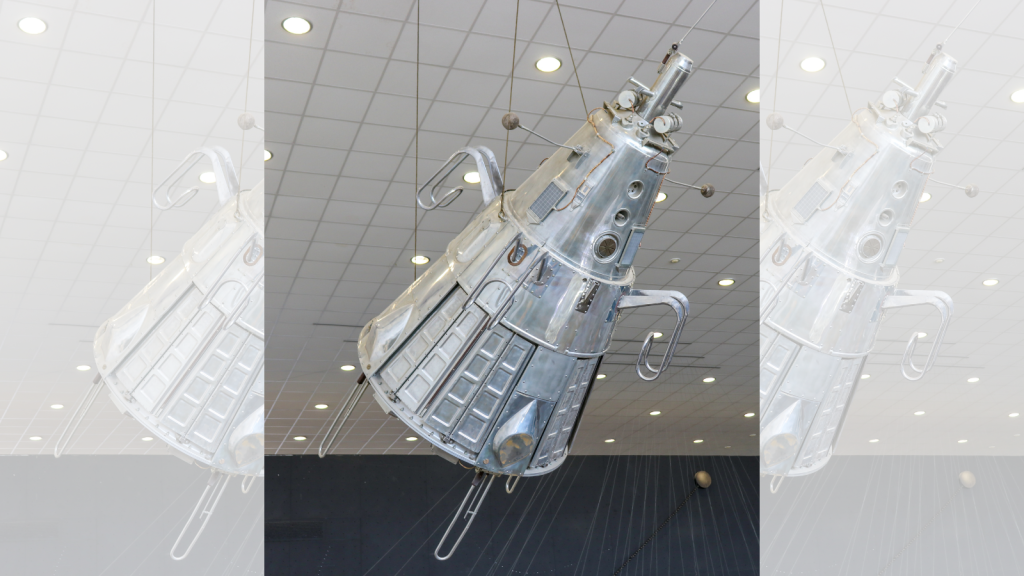
While Sputnik 1 is world-famous, Sputnik 3 was just as revolutionary. Launched in 1958, it carried 12 scientific instruments designed to study Earth’s atmosphere, cosmic rays, and magnetic fields. It provided crucial data about the Van Allen radiation belts, which helped scientists understand more about our planet’s protective magnetic layer.
2. First Biological Space Experiments
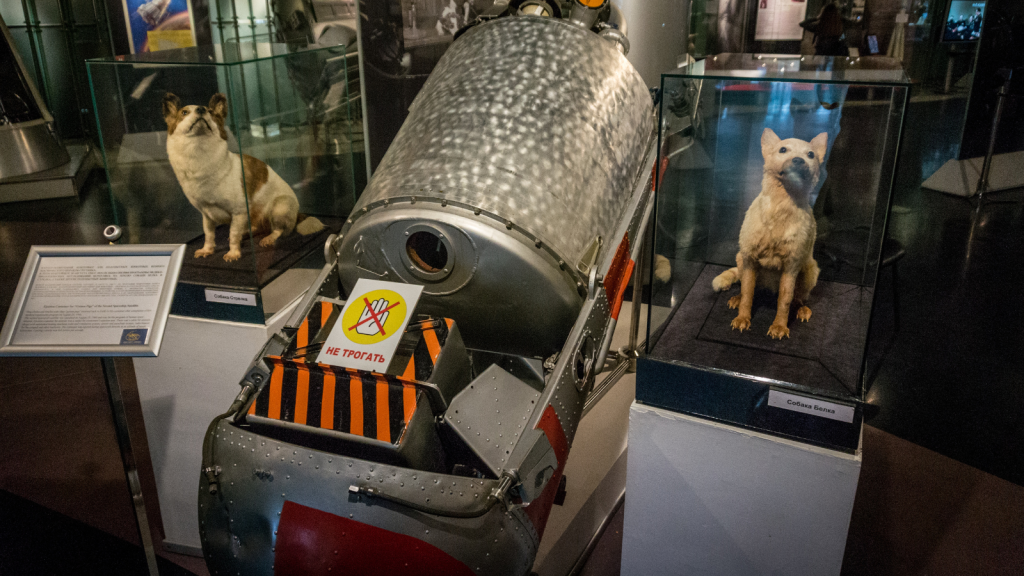
In 1960, the Soviets launched the Korabl-Sputnik 2 spacecraft, which carried the dogs Belka and Strelka into orbit. These were the first animals to return safely from space. Strelka’s puppies were later gifted to world leaders, proving space could be safely traversed by living beings, including humans.
3. Luna 2: First Human-Made Object to Reach the Moon
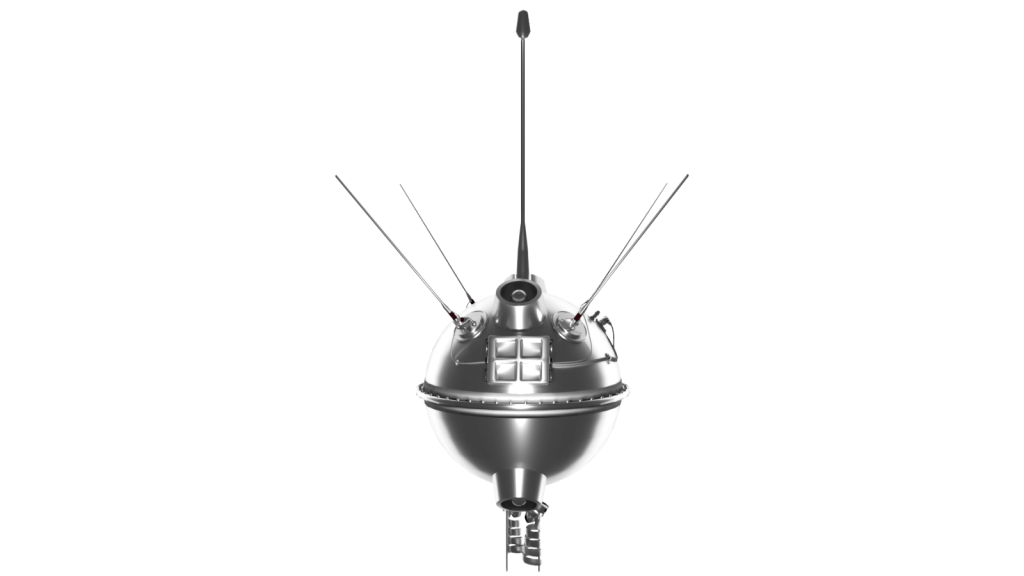
In 1959, the Luna 2 mission became the first human-made object to reach the surface of the Moon, crash-landing there. This proved it was possible to send spacecraft beyond Earth’s orbit. Luna 2 is also the first human contribution to extraterrestrial material on the Moon.
4. First Human-Made Object to Orbit Another Planet
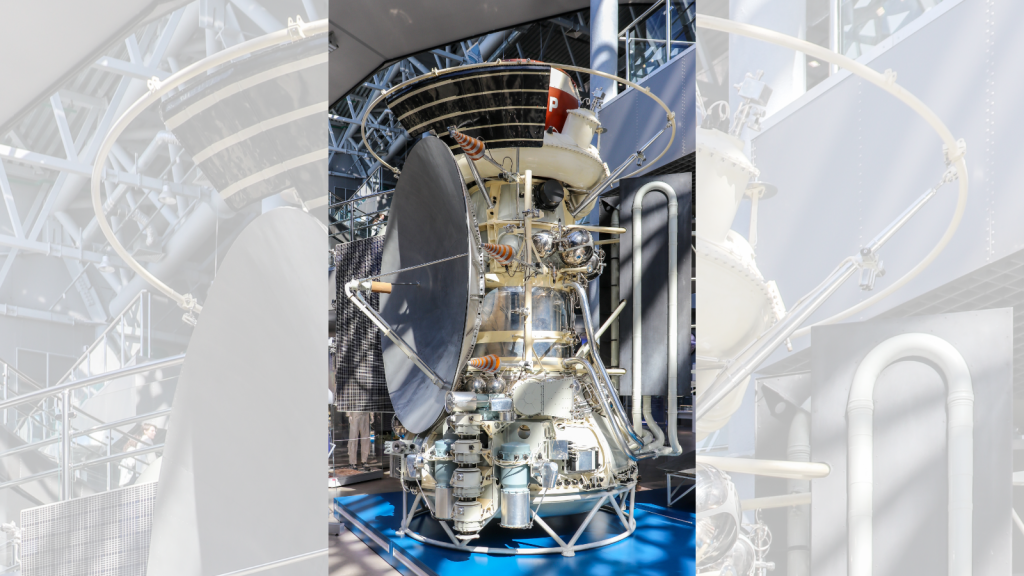
In 1971, the Soviet Mars 3 spacecraft became the first probe to orbit Mars. Although communication with the lander was lost just 14.5 seconds after it touched down, it was the first time humanity successfully reached and attempted a landing on the Red Planet.
5. First Long-Duration Spaceflight
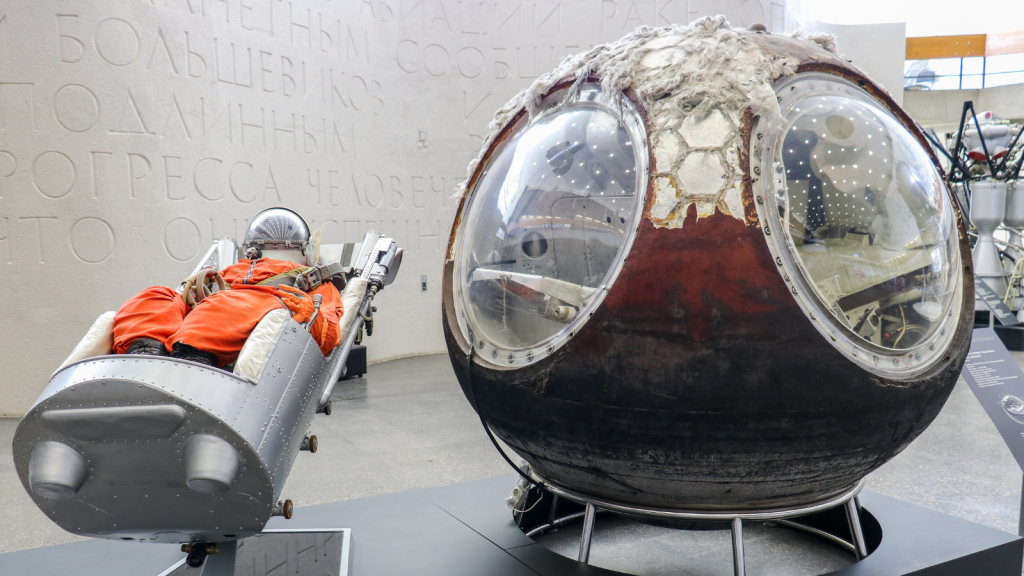
The Vostok 5 mission in 1963 saw cosmonaut Valery Bykovsky spend nearly five days in space, setting a record for the longest solo human spaceflight, a record that still stands today. The flight demonstrated the USSR’s growing ability to support human endurance in space.
6. First Woman in Space
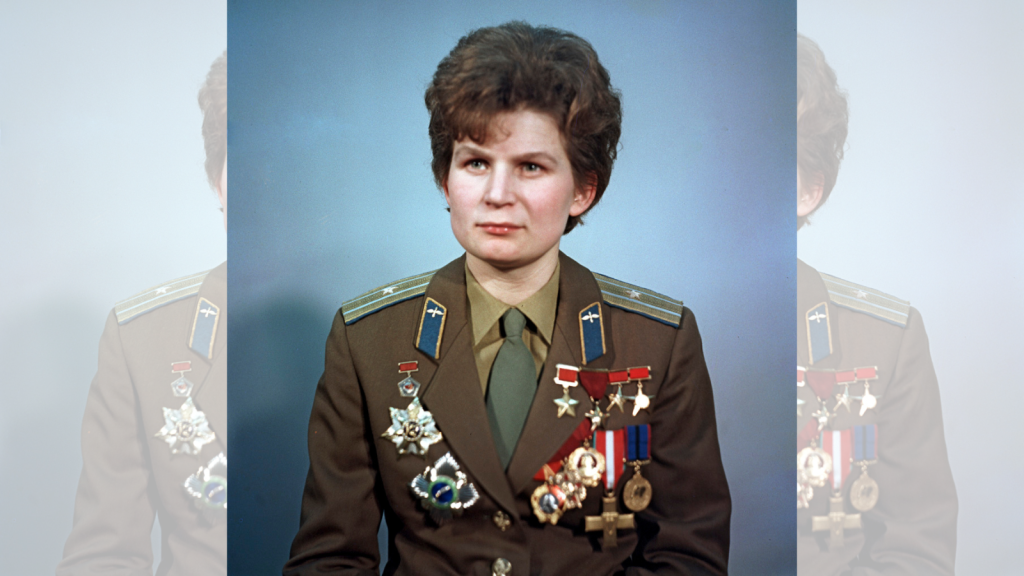
Valentina Tereshkova made history in 1963 as the first woman in space. The Vostok 6 mission highlighted the capabilities of female astronauts and broadened the scope of human spaceflight by showing women were just as fit for space as men.
7. Luna 9: First Soft Landing on the Moon
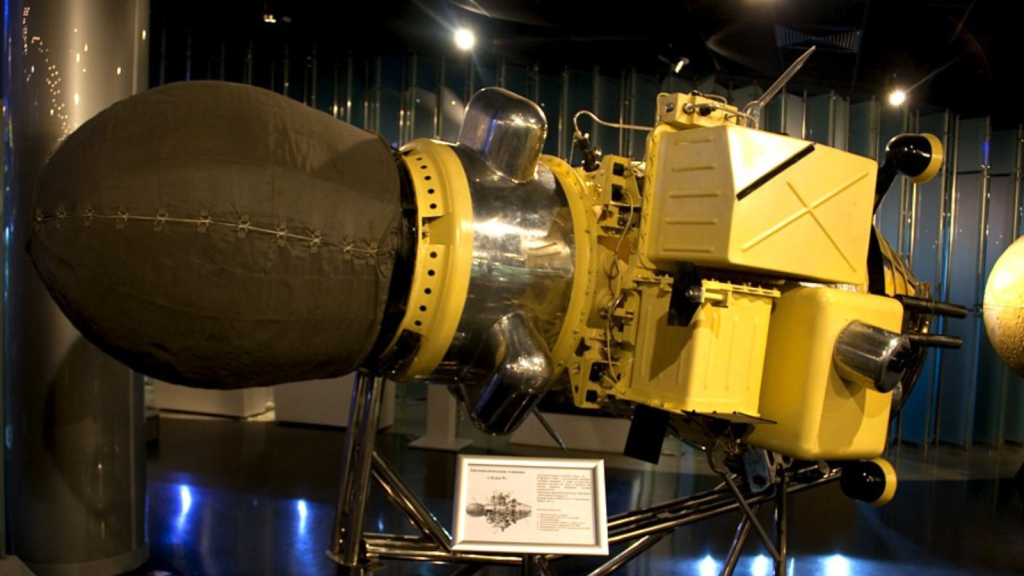
The Luna 9 mission in 1966 was the first spacecraft to achieve a soft landing on the Moon. It sent back the first close-up photos of the lunar surface, proving the Moon’s surface could support the landing of heavier, crewed missions.
8. First Spacewalk
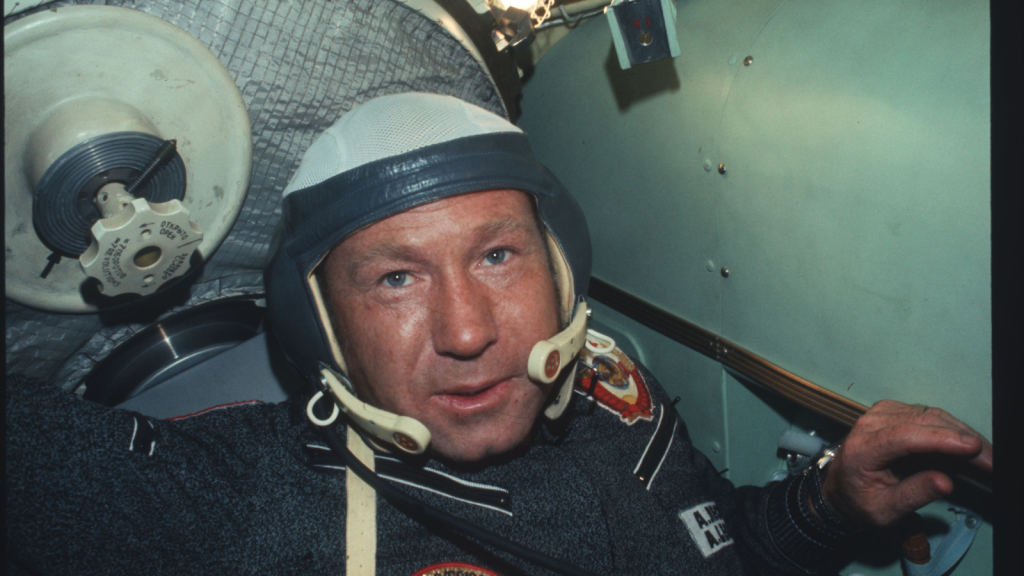
In 1965, cosmonaut Alexei Leonov performed the world’s first spacewalk, or extravehicular activity (EVA), on the Voskhod 2 mission. Leonov spent 12 minutes outside the spacecraft, a risky endeavor that paved the way for all future EVAs.
9. First Multiple-Occupant Spacecraft
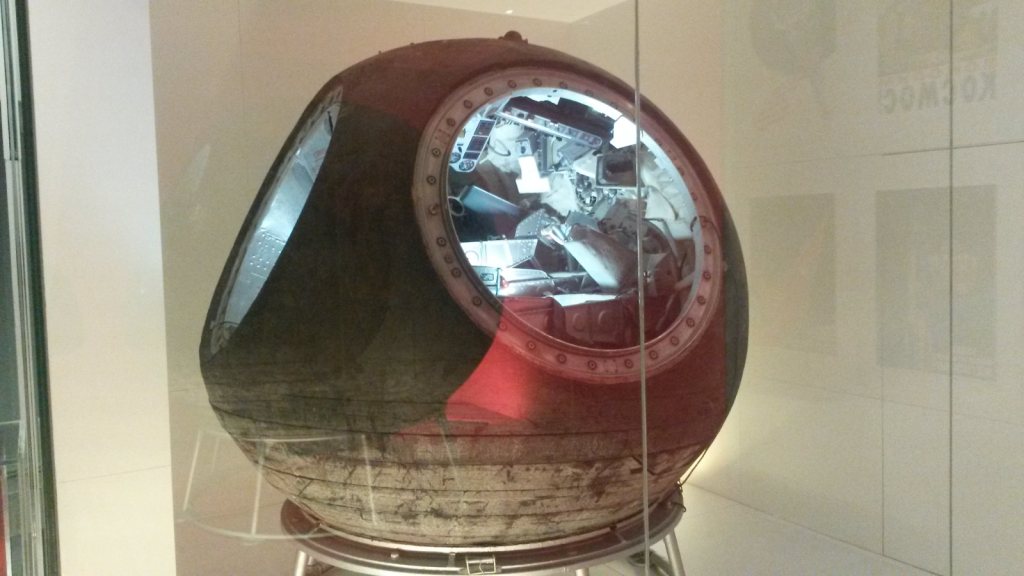
The Voskhod 1 mission in 1964 carried three cosmonauts into orbit without spacesuits. It was the first spacecraft to carry more than one human and marked a significant leap in human spaceflight complexity.
10. First Fully Automated Docking in Space
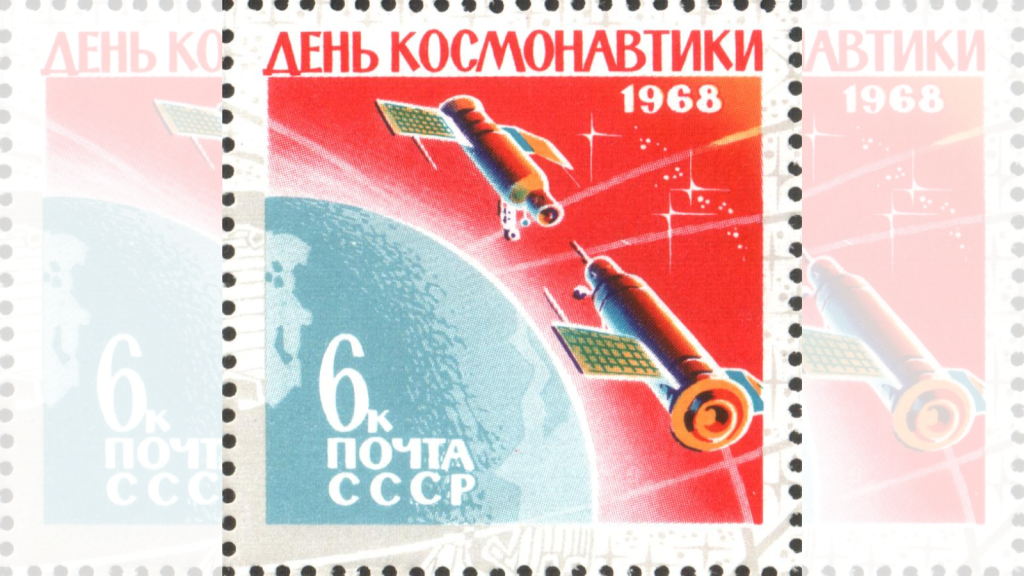
In 1967, the Soviets achieved the first fully automated space docking between two uncrewed spacecraft, Cosmos 186 and Cosmos 188. This technology is critical for space station assembly and future deep-space missions.
11. Launch of the First Space Station: Salyut 1
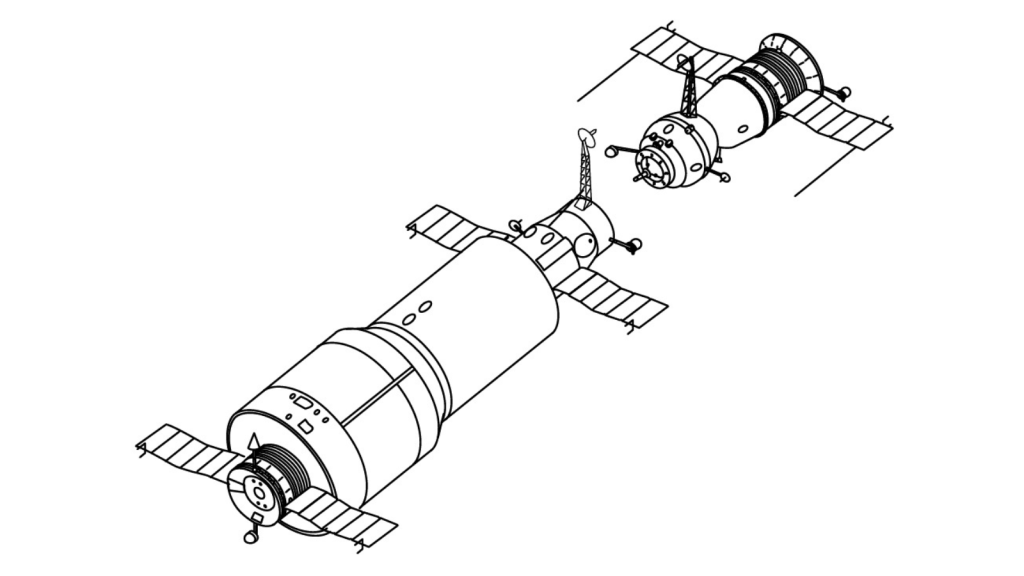
In 1971, the Soviet Union launched Salyut 1, the world’s first space station. It provided a new platform for long-term scientific research in orbit and demonstrated that extended stays in space were possible for the first time.
12. Venus 7: First Successful Landing on Another Planet
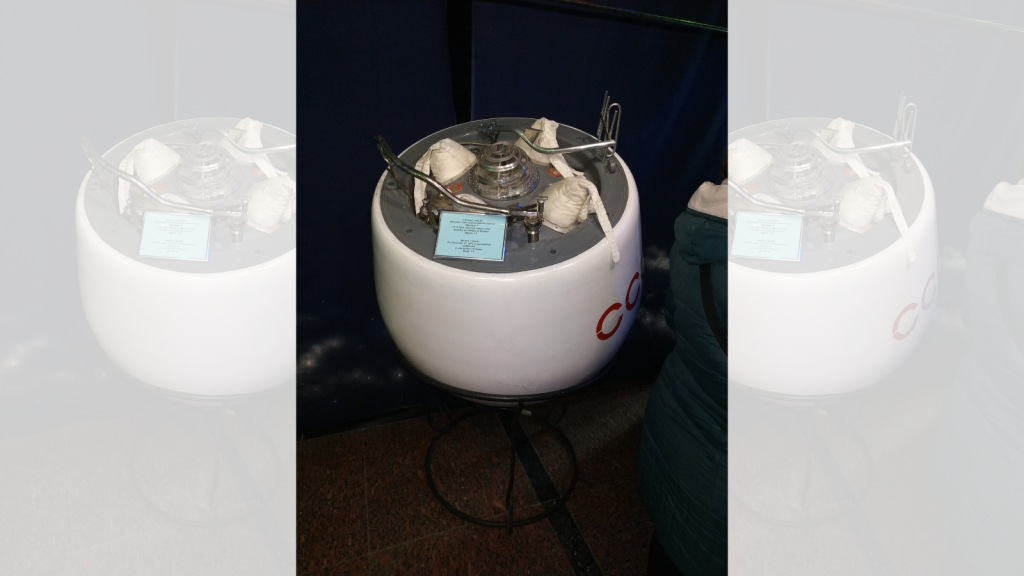
The Soviet Venera 7 mission, launched in 1970, became the first spacecraft to successfully land on another planet and transmit data back to Earth. It survived 23 minutes on Venus’s surface, giving humans their first direct data from another world.
13. Lunokhod 1: First Remote-Controlled Rover on the Moon
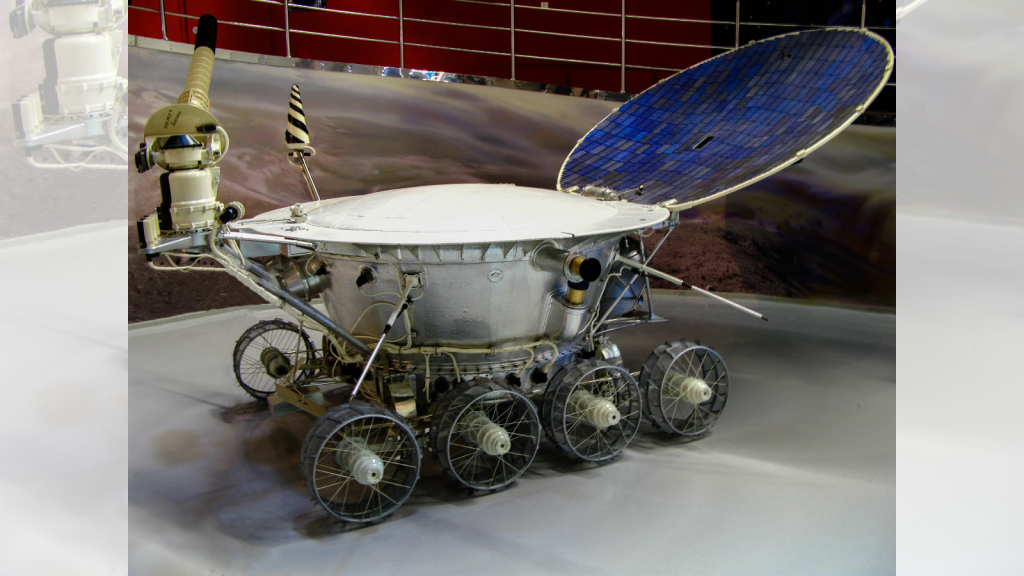
The USSR launched Lunokhod 1 in 1970, the first remote-controlled rover to land on and explore another celestial body. The rover operated for nearly a year on the lunar surface, collecting soil samples and beaming back data about the Moon’s environment.
14. Soyuz 9: Record-Breaking 18-Day Mission
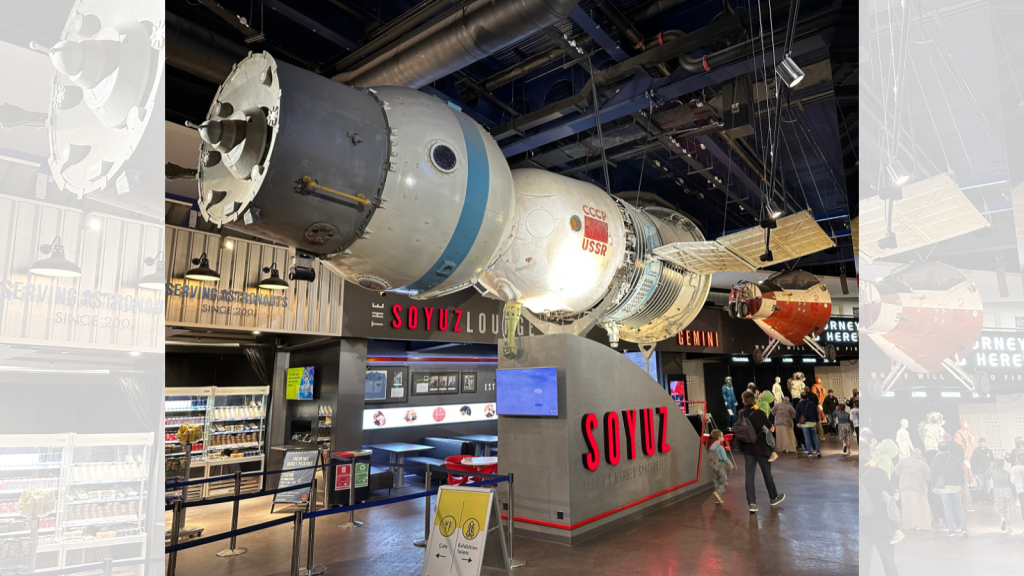
In 1970, Soyuz 9 set a new record for human space endurance by staying in orbit for 18 days. The crew’s long stay in space provided essential data on the effects of prolonged spaceflight on the human body.
15. First Spacecraft to Orbit Venus
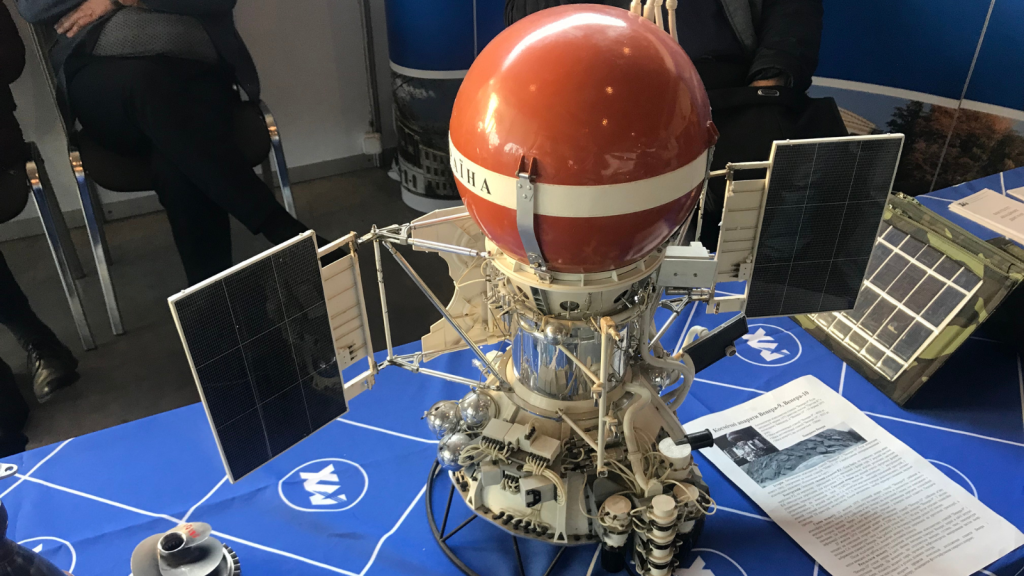
In 1975, the Soviet Venera 9 became the first spacecraft to enter orbit around Venus and sent back the first images from the planet’s surface. The mission provided critical insights into Venus’s atmosphere and surface conditions.
16. First Interplanetary Probe to Reach Mars
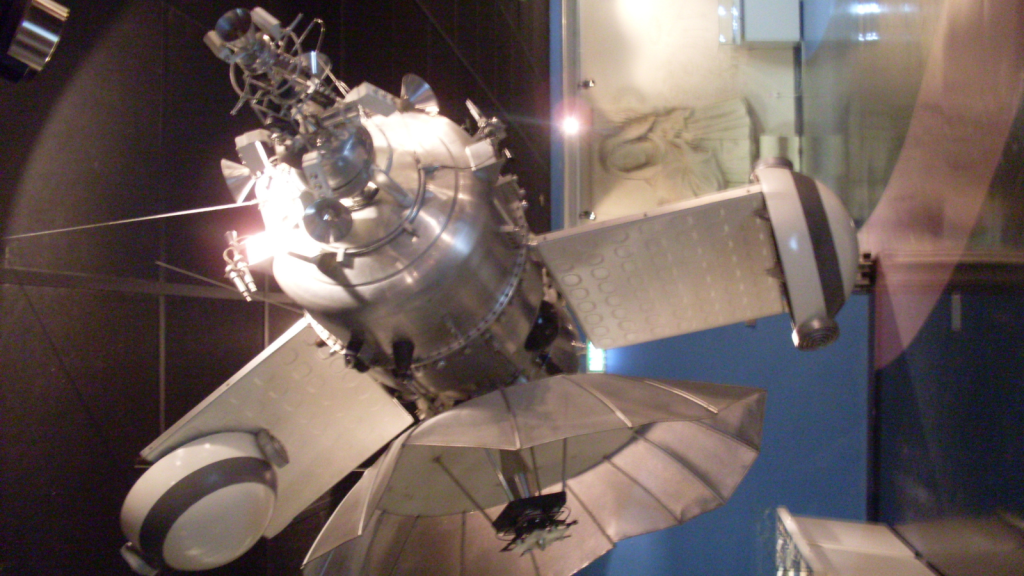
Mars 1, launched by the Soviet Union in 1962, was the first spacecraft aimed at Mars. Although it lost contact before reaching the Red Planet, it came within 193,000 kilometers, making it the first human-made object to get that close to Mars.
17. Zond 5: First Circumlunar Flight with Living Creatures
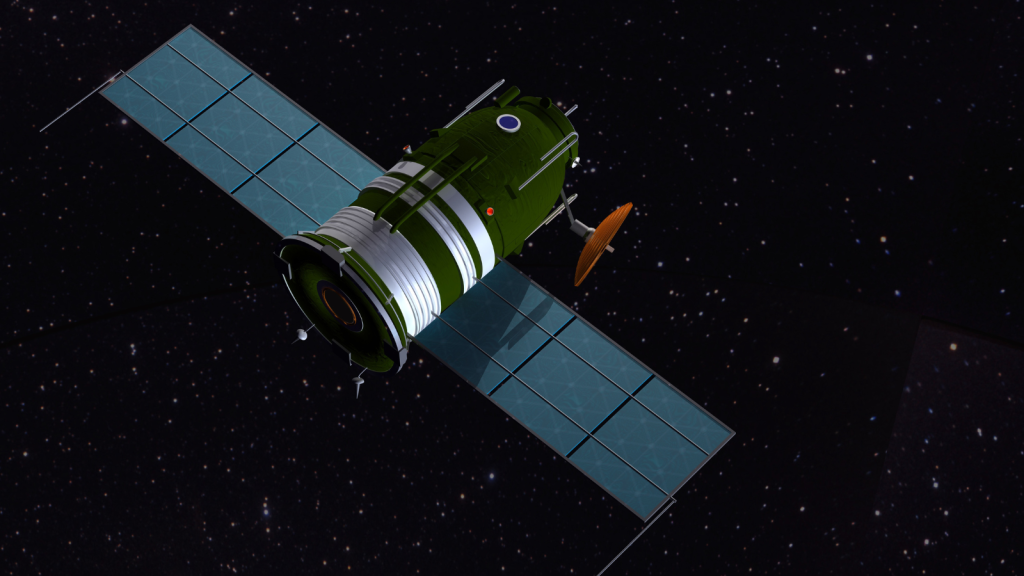
Zond 5, launched in 1968, was the first spacecraft to circle the Moon and return safely to Earth with living organisms. The spacecraft carried tortoises, worms, and plants, showing that biological organisms could survive a lunar flyby.
18. First Spacecraft to Photograph the Far Side of the Moon
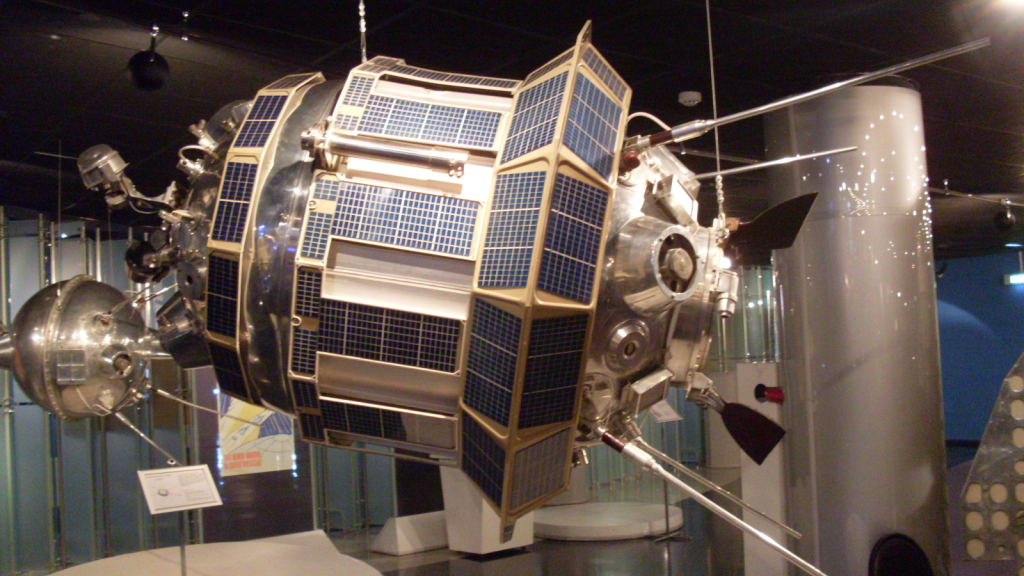
The Luna 3 mission, launched in 1959, was the first to photograph the far side of the Moon. These images revealed a completely different landscape from the familiar near side, offering the first glimpse of regions never before seen by humans.
19. Vostok 1: The First Human Spaceflight
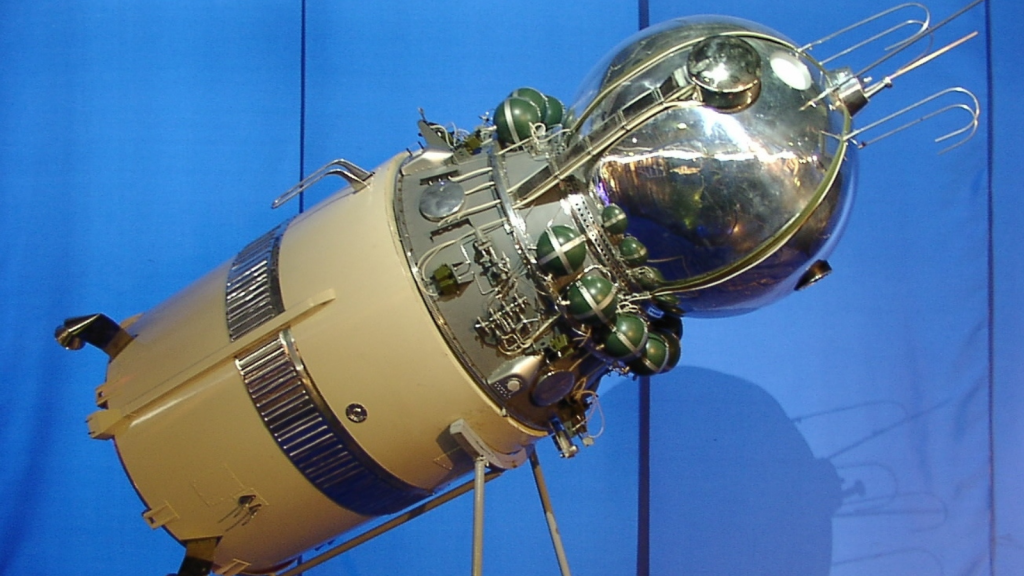
Yuri Gagarin’s Vostok 1 mission in 1961 is rightly famous for being the first human spaceflight. However, many forget just how groundbreaking it was in terms of technology, pushing the limits of both spacecraft design and human endurance in space.
20. First Spacecraft to Orbit the Moon
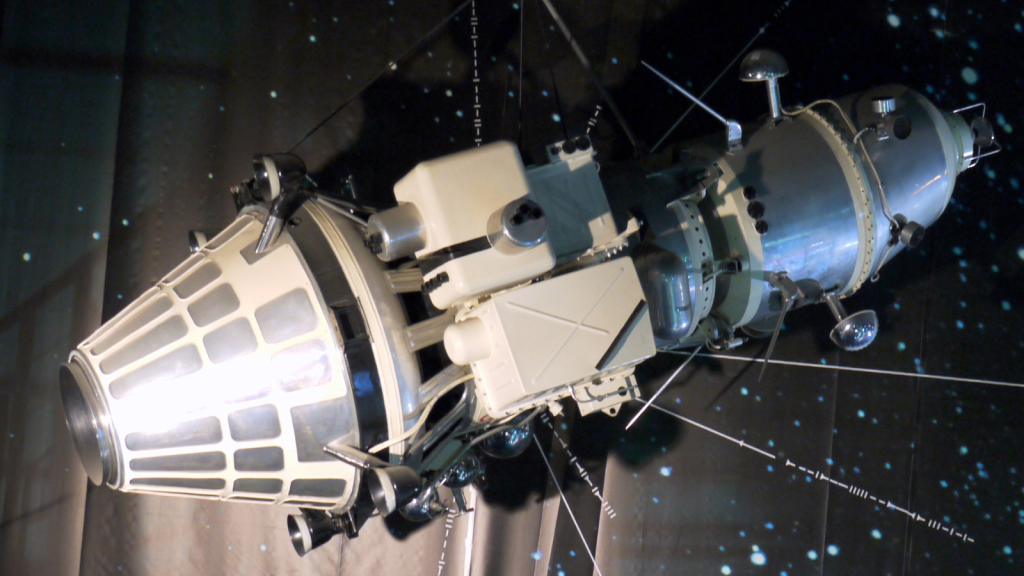
Luna 10, launched by the USSR in 1966, became the first spacecraft to orbit the Moon. It transmitted data about the Moon’s gravity, radiation, and magnetic fields, helping to prepare for future human landings.
21. Vostok 3 and 4: First Simultaneous Manned Spaceflight
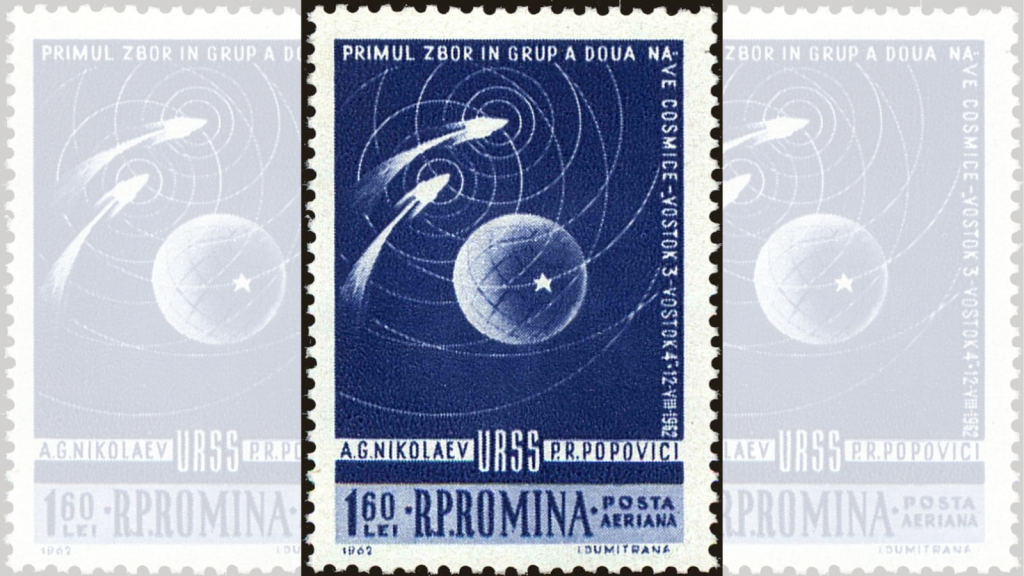
In 1962, the Soviets launched two manned spacecraft, Vostok 3 and Vostok 4, simultaneously into orbit. It was the first time two crewed spacecraft were in orbit at the same time, a major leap in coordination and mission complexity.
22. First Spacecraft to Survive Re-Entry from the Moon
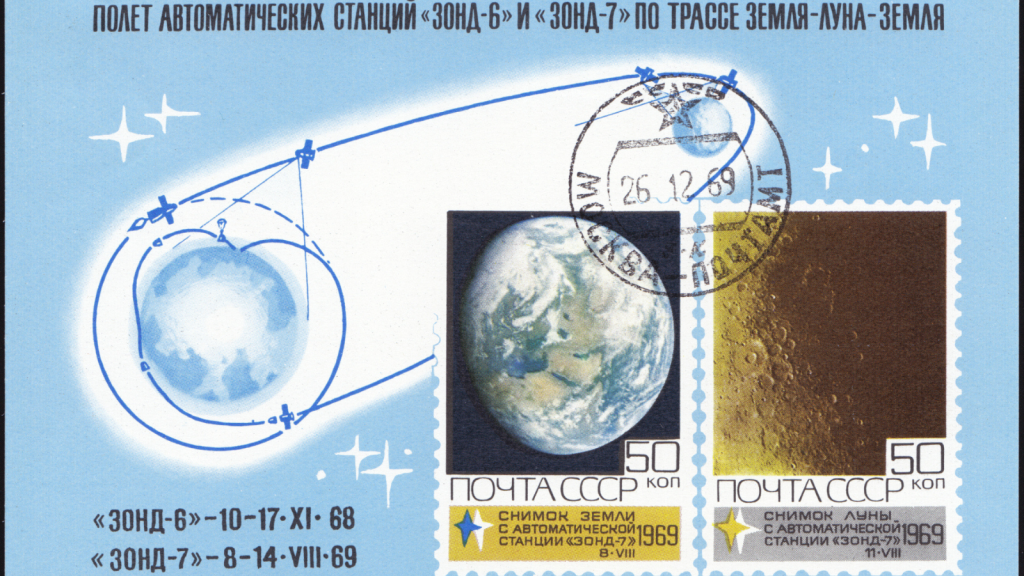
Zond 6, launched in 1968, was the first spacecraft to survive re-entry from a lunar mission. Though the spacecraft suffered a depressurization issue, it demonstrated the USSR’s ability to launch, orbit the Moon, and return safely to Earth.
23. Salyut 6: First Space Station to Host International Crews
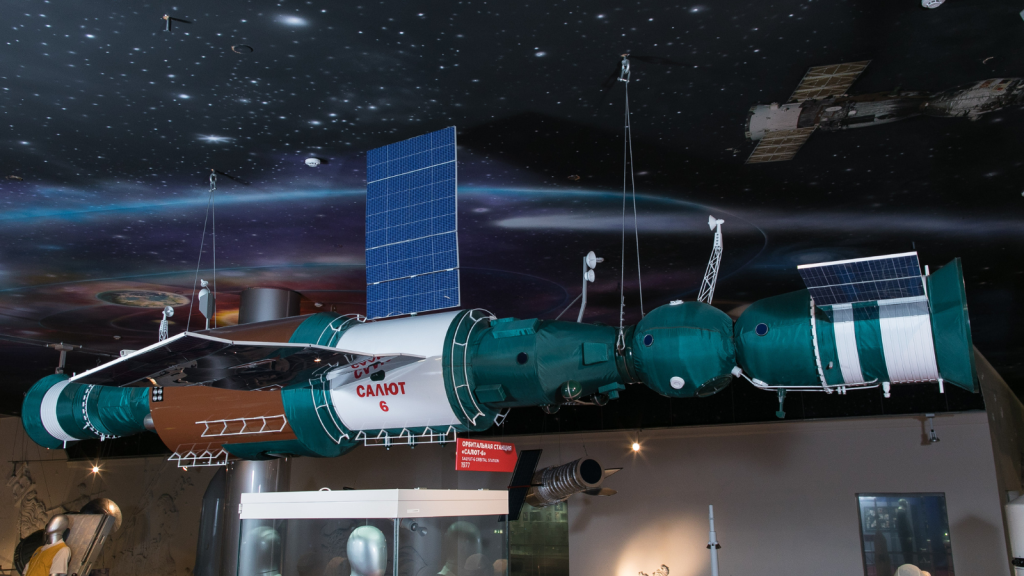
In 1977, the USSR launched Salyut 6, the first space station designed to host international crews. This collaboration marked a significant milestone in space exploration, where space missions began to transcend national boundaries.
24. First Use of Spacecraft for Spy Photography
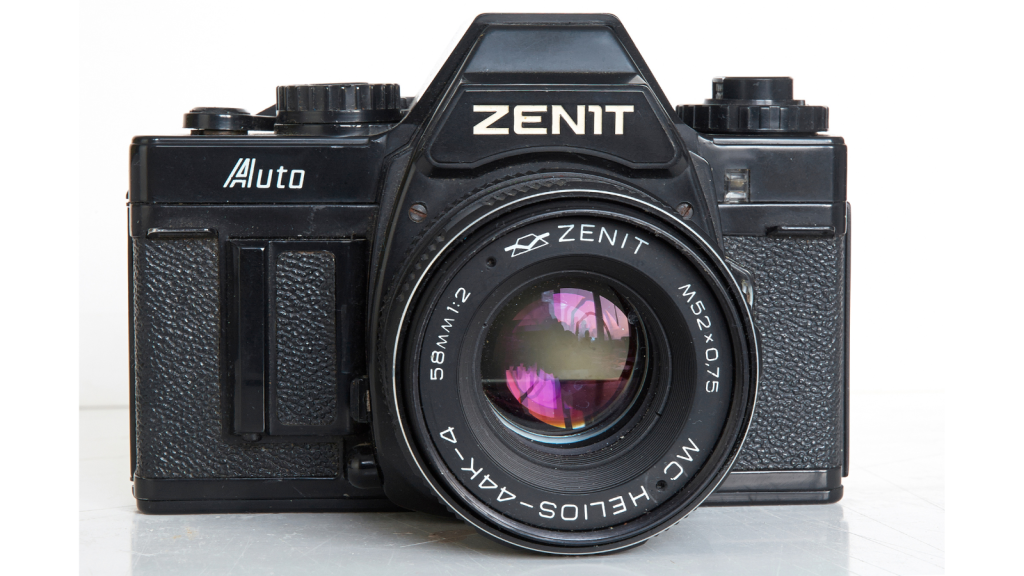
The Soviets were the first to use spacecraft for reconnaissance purposes with their Zenit series in the early 1960s. These satellites took high-resolution images of Earth from space, marking the beginning of satellite-based espionage.
25. Soyuz TM-2: First Private Citizen in Space
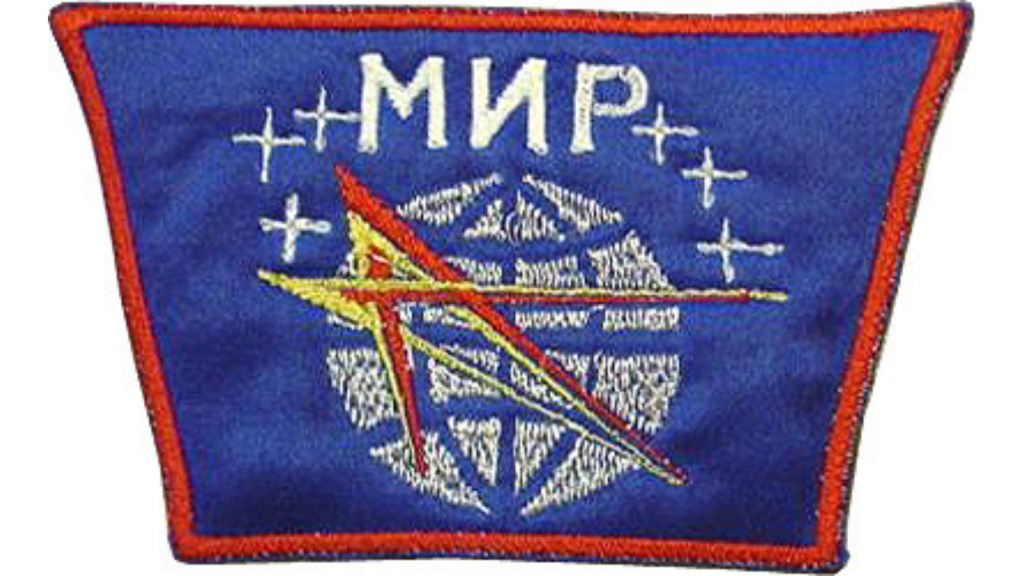
Soyuz TM-2, launched in 1987, was the first mission to carry a private citizen into space. Toyohiro Akiyama, a Japanese journalist, flew to the Mir space station, paving the way for the commercial space travel industry that would emerge decades later.
Ellen has been obsessed with logic puzzles, jigsaws, and cryptograms since she was a kid. After learning she was taught how to play chess wrong by a family friend (so they could win), she joined her school chess club and the rest is history.
